Volatilität, Wachstum und Finanzkrisen
Diese Forschungsgruppe analysiert die Entstehung von Instabilitäten im Finanzsystem und die realökonomischen Konsequenzen von Finanzkrisen. Dabei werden kausale Reaktionen gesamtwirtschaftlicher Größen auf makroökonomische Schocks identifiziert. Frühwarnmodelle beschreiben das zyklische Auftreten von Vulnerabilitäten im Finanzsystem.
IWH-Datenprojekt: Financial Stability Indicators in Europe
Forschungscluster
Finanzresilienz und RegulierungIhr Kontakt

- Abteilung Makroökonomik
PROJEKTE
01.2022 ‐ 12.2023
Sovereign Risk Shocks
Deutsche Bundesbank
05.2017 ‐ 09.2019
Frühwarnmodelle für systemische Bankenkrisen: Der Effekt von Modell- und Schätzunsicherheit
Deutsche Forschungsgemeinschaft (DFG)
01.2018 ‐ 12.2018
International Monetary Policy Transmission
Deutsche Bundesbank
Referierte Publikationen
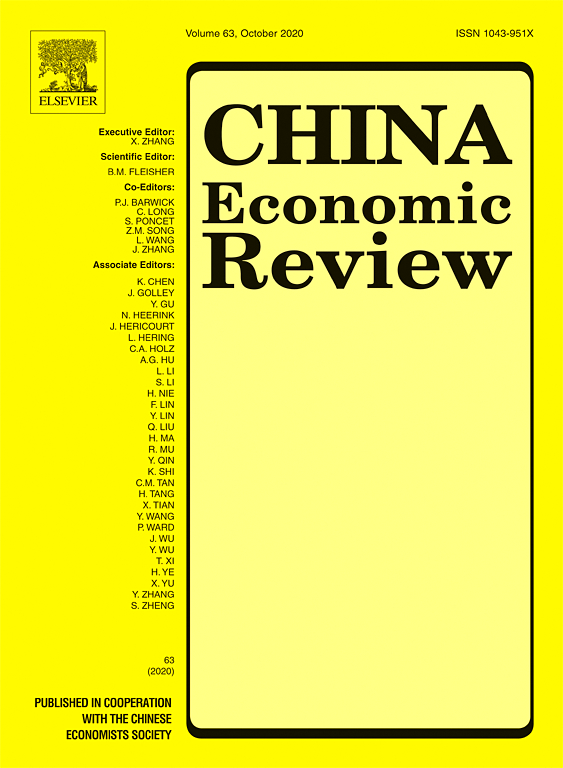
Trade Effects of Silver Price Fluctuations in 19th-Century China: A Macro Approach
in: China Economic Journal, 2020
Abstract
We assess the role of silver price fluctuations in Chinese trade and GDP during the late Qing dynasty, when China still had a bimetallic (silver/copper) monetary system, in which silver was mostly used for international trade. Using a structural VAR (SVAR) with blockwise recursive identification, we identify the impact of silver price shocks on the Chinese economy from 1867, when trade data became available, to 1910, one year before the Qing dynasty collapsed. We find that silver price shocks had a sizable impact on both imports and exports but only a very minor effect on the trade balance, only a marginal impact on growth, and almost no effect on domestic prices. Stronger effects were partly mitigated by inelastic export quantities. Generally, the effect of silver price shocks, while considerable, was only short-lived, displaying no persistence in either direction. We find that the bimetallic system in Qing China might have mitigated a potential positive effect of silver depreciation but did not reverse the effect, which – contrary to claims made in the previous literature – was responsible for neither the worsening trade balance nor the inflation and the quickly increasing imports that occurred during our sample period.
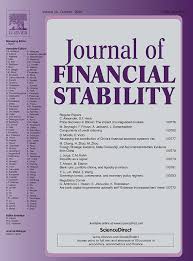
Does Machine Learning Help us Predict Banking Crises?
in: Journal of Financial Stability, December 2019
Abstract
This paper compares the out-of-sample predictive performance of different early warning models for systemic banking crises using a sample of advanced economies covering the past 45 years. We compare a benchmark logit approach to several machine learning approaches recently proposed in the literature. We find that while machine learning methods often attain a very high in-sample fit, they are outperformed by the logit approach in recursive out-of-sample evaluations. This result is robust to the choice of performance metric, crisis definition, preference parameter, and sample length, as well as to using different sets of variables and data transformations. Thus, our paper suggests that further enhancements to machine learning early warning models are needed before they are able to offer a substantial value-added for predicting systemic banking crises. Conventional logit models appear to use the available information already fairly efficiently, and would for instance have been able to predict the 2007/2008 financial crisis out-of-sample for many countries. In line with economic intuition, these models identify credit expansions, asset price booms and external imbalances as key predictors of systemic banking crises.
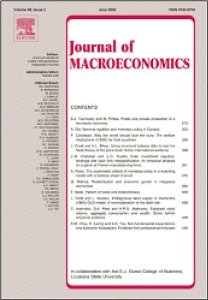
On the Empirics of Reserve Requirements and Economic Growth
in: Journal of Macroeconomics, June 2019
Abstract
Reserve requirements, as a tool of macroprudential policy, have been increasingly employed since the outbreak of the great financial crisis. We conduct an analysis of the effect of reserve requirements in tranquil and crisis times on long-run growth rates of GDP per capita and credit (%GDP) making use of Bayesian model averaging methods. Regulation has on average a negative effect on GDP in tranquil times, which is only partly offset by a positive (but not robust effect) in crisis times. Credit over GDP is positively affected by higher requirements in the longer run.
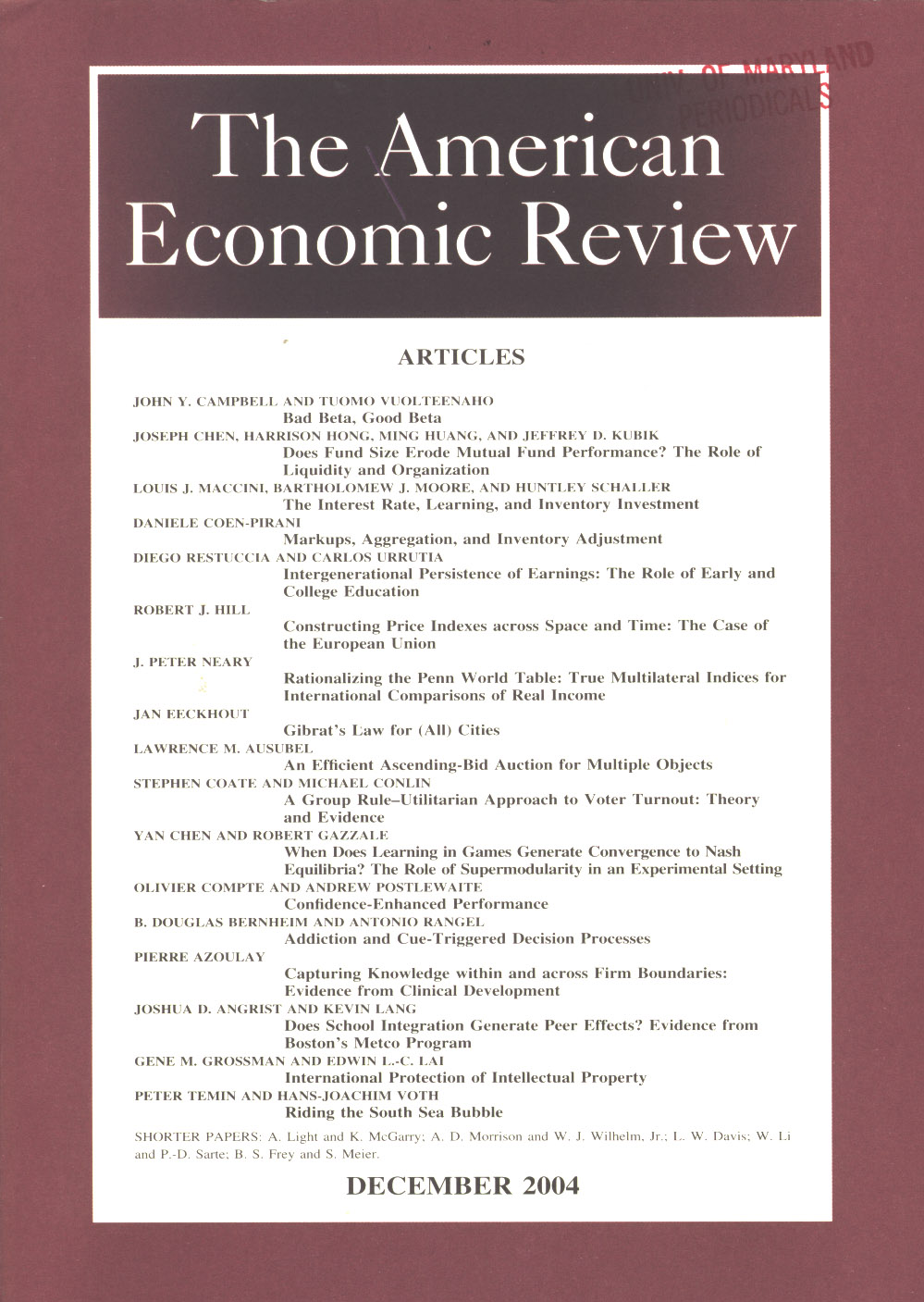
Structural Interpretation of Vector Autoregressions with Incomplete Identification: Revisiting the Role of Oil Supply and Demand Shocks
in: American Economic Review, Nr. 5, 2019
Abstract
Traditional approaches to structural vector autoregressions (VARs) can be viewed as special cases of Bayesian inference arising from very strong prior beliefs. These methods can be generalized with a less restrictive formulation that incorporates uncertainty about the identifying assumptions themselves. We use this approach to revisit the importance of shocks to oil supply and demand. Supply disruptions turn out to be a bigger factor in historical oil price movements and inventory accumulation a smaller factor than implied by earlier estimates. Supply shocks lead to a reduction in global economic activity after a significant lag, whereas shocks to oil demand do not.
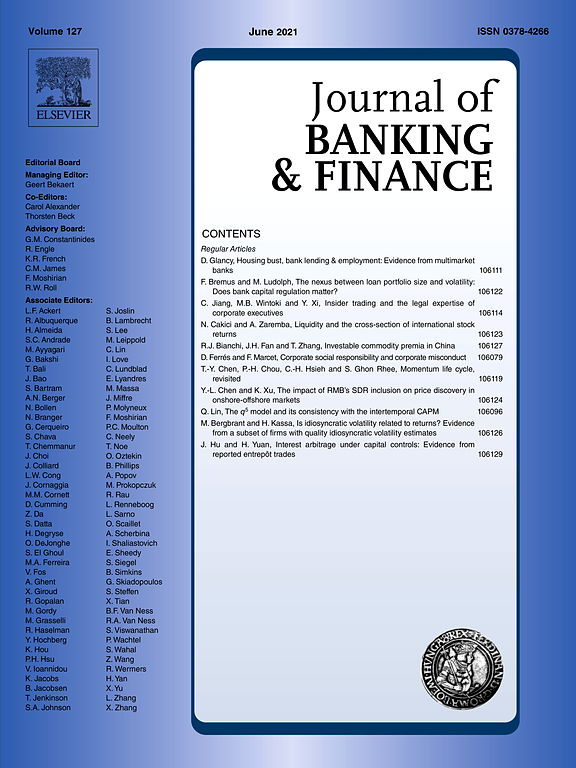
The Joint Dynamics of Sovereign Ratings and Government Bond Yields
in: Journal of Banking and Finance, 2018
Abstract
Can a negative shock to sovereign ratings invoke a vicious cycle of increasing government bond yields and further downgrades, ultimately pushing a country toward default? The narratives of public and political discussions, as well as of some widely cited papers, suggest this possibility. In this paper, we will investigate the possible existence of such a vicious cycle. We find no evidence of a bad long-run equilibrium and cannot confirm a feedback loop leading into default as a transitory state for all but the very worst ratings. We use a bivariate semiparametric dynamic panel model to reproduce the joint dynamics of sovereign ratings and government bond yields. The individual equations resemble Pesaran-type cointegration models, which allow for valid interference regardless of whether the employed variables display unit-root behavior. To incorporate most of the empirical features previously documented (separately) in the literature, we allow for different long-run relationships in both equations, nonlinearities in the level effects of ratings, and asymmetric effects in changes of ratings and yields. Our finding of a single good equilibrium implies the slow convergence of ratings and yields toward this equilibrium. However, the persistence of ratings is sufficiently high that a rating shock can have substantial costs if it occurs at a highly speculative rating or lower. Rating shocks that drive the rating below this threshold can increase the interest rate sharply, and for a long time. Yet, simulation studies based on our estimations show that it is highly improbable that rating agencies can be made responsible for the most dramatic spikes in interest rates.
Arbeitspapiere
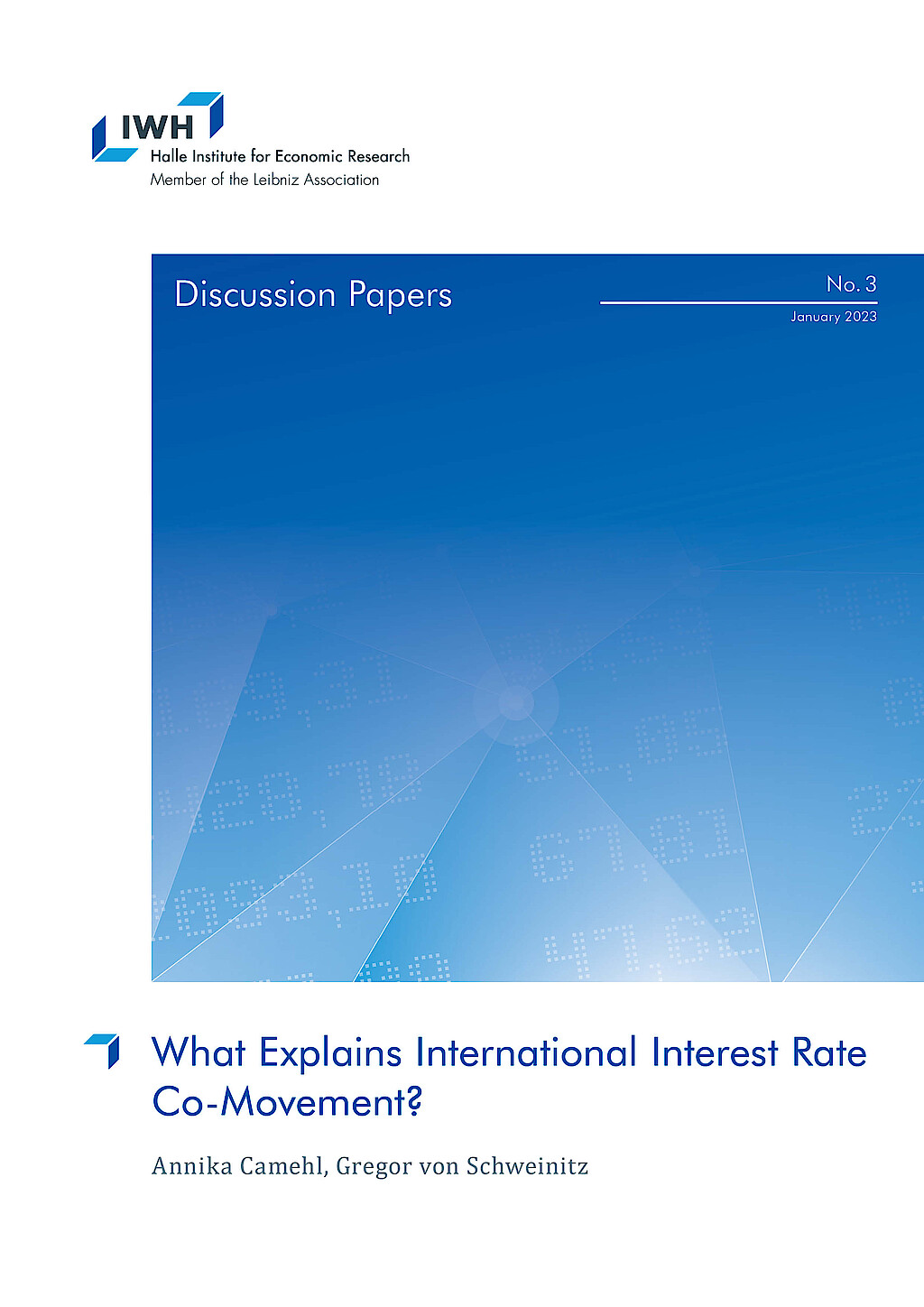
What Explains International Interest Rate Co-Movement?
in: IWH Discussion Papers, Nr. 3, 2023
Abstract
We show that global supply and demand shocks are important drivers of interest rate co-movement across seven advanced economies. Beyond that, local structural shocks transmit internationally via aggregate demand channels, and central banks react predominantly to domestic macroeconomic developments: unexpected monetary policy tightening decreases most foreign interest rates, while expansionary local supply and demand shocks increase them. To disentangle determinants of international interest rate co-movement, we use a Bayesian structural panel vector autoregressive model accounting for latent global supply and demand shocks. We identify country-specific structural shocks via informative prior distributions based on a standard theoretical multi-country open economy model.
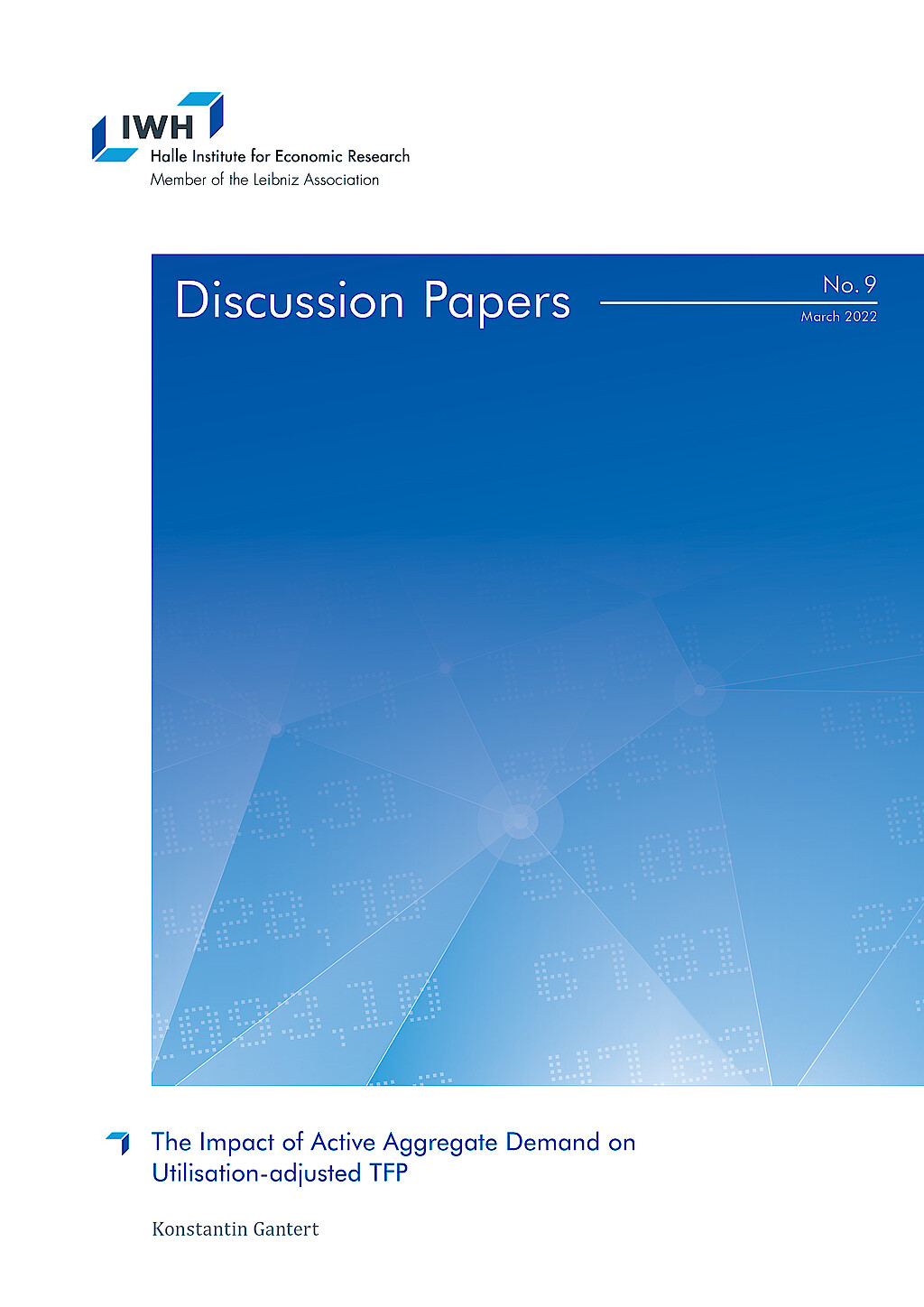
The Impact of Active Aggregate Demand on Utilisation-adjusted TFP
in: IWH Discussion Papers, Nr. 9, 2022
Abstract
Non-clearing goods markets are an important driver of capacity utilisation and total factor productivity (TFP). The trade-off between goods prices and household search effort is central to goods market matching and therefore drives TFP over the business cycle. In this paper, I develop a New-Keynesian DSGE model with capital utilisation, worker effort, and expand it with<i> goods market search-and-matching (SaM)</i> to model non-clearing goods markets. I conduct a horse-race between the different capacity utilisation channels using Bayesian estimation and capacity utilisation survey data. Models that include goods market SaM improve the data fit, while the capital utilisation and worker effort channels are rendered less important compared to the literature. It follows that TFP fluctuations increase for demand and goods market mismatch shocks, while they decrease for technology shocks. This pattern increases as goods market frictions increase and as prices become stickier. The paper shows the importance of non-clearing goods markets in explaining the difference between technology and TFP over the business cycle.
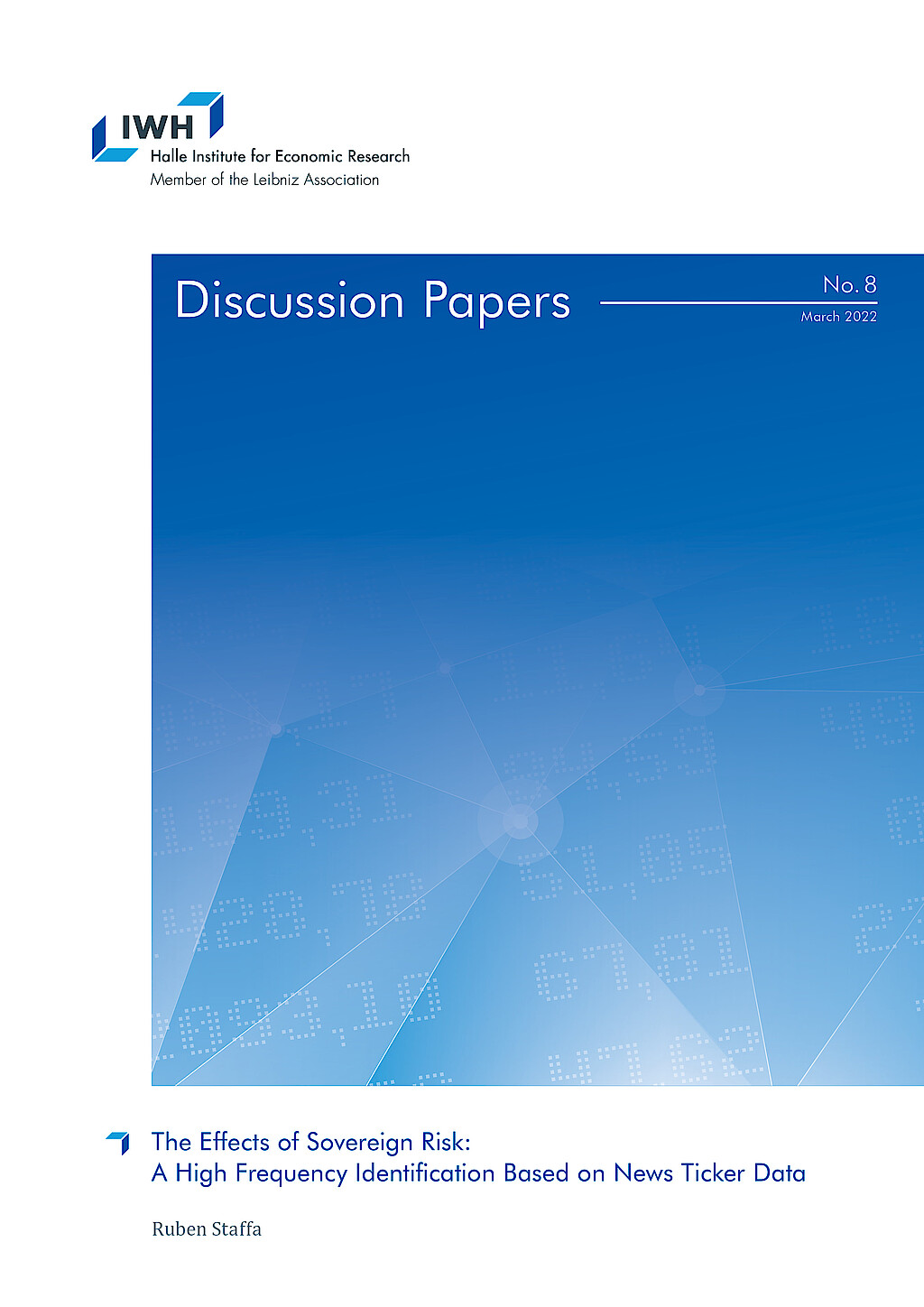
The Effects of Sovereign Risk: A High Frequency Identification Based on News Ticker Data
in: IWH Discussion Papers, Nr. 8, 2022
Abstract
This paper uses novel news ticker data to evaluate the effect of sovereign risk on economic and financial outcomes. The use of intraday news enables me to derive policy events and respective timestamps that potentially alter investors’ beliefs about a sovereign’s willingness to service its debt and thereby sovereign risk. Following the high frequency identification literature, in the tradition of Kuttner (2001) and Guerkaynak et al. (2005), associated variation in sovereign risk is then obtained by capturing bond price movements within narrowly defined time windows around the event time. I conduct the outlined identification for Italy since its large bond market and its frequent coverage in the news render it a suitable candidate country. Using the identified shocks in an instrumental variable local projection setting yields a strong instrument and robust results in line with theoretical predictions. I document a dampening effect of sovereign risk on output. Also, borrowing costs for the private sector increase and inflation rises in response to higher sovereign risk.
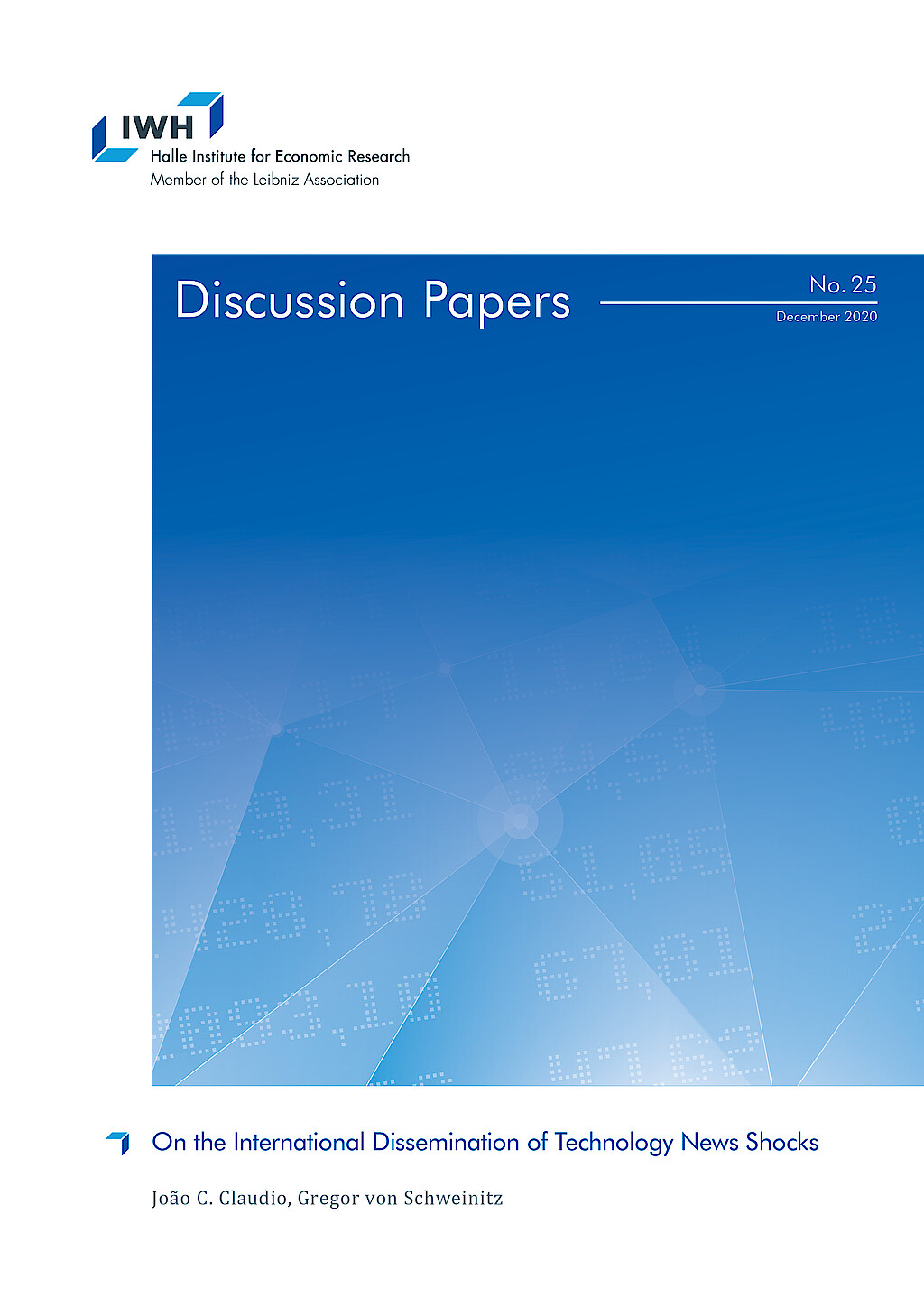
On the International Dissemination of Technology News Shocks
in: IWH Discussion Papers, Nr. 25, 2020
Abstract
This paper investigates the propagation of technology news shocks within and across industrialised economies. We construct quarterly utilisation-adjusted total factor productivity (TFP) for thirteen OECD countries. Based on country-specific structural vector autoregressions (VARs), we document that (i) the identified technology news shocks induce a quite homogeneous response pattern of key macroeconomic variables in each country; and (ii) the identified technology news shock processes display a significant degree of correlation across several countries. Contrary to conventional wisdom, we find that the US are only one of many different sources of technological innovations diffusing across advanced economies. Technology news propagate through the endogenous reaction of monetary policy and via trade-related variables. That is, our results imply that financial markets and trade are key channels for the dissemination of technology.
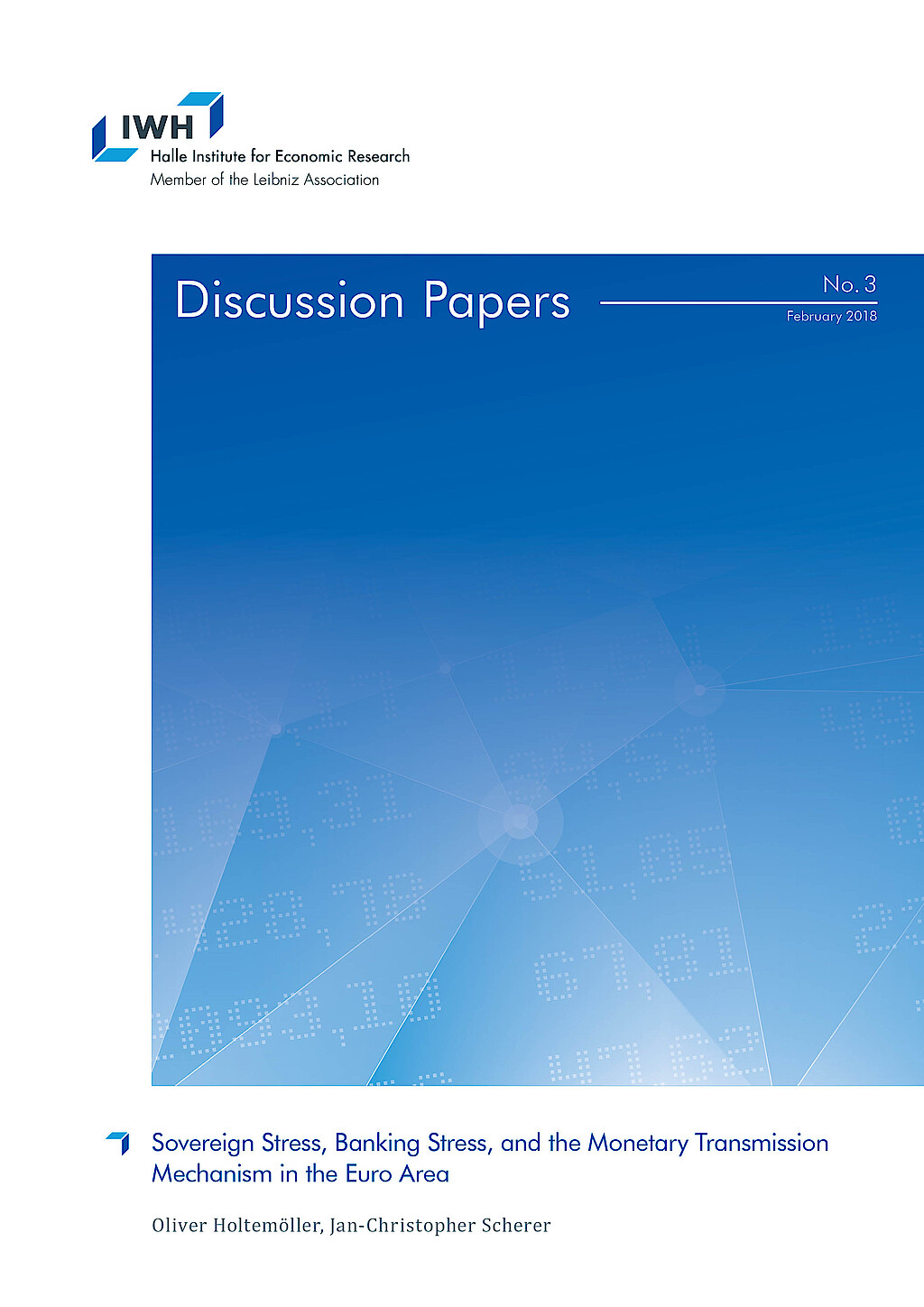
Sovereign Stress, Banking Stress, and the Monetary Transmission Mechanism in the Euro Area
in: IWH Discussion Papers, Nr. 3, 2018
Abstract
In this paper, we investigate to what extent sovereign stress and banking stress have contributed to the increase in the level and in the heterogeneity of nonfinancial firms’ refinancing costs in the Euro area during the European debt crisis and how they did affect the monetary transmission mechanism. We identify the increasing effect of government bond yield spreads (sovereign stress) and the share of non-performing loans (banking stress) on firms’ financing costs using an instrumental-variable approach. Moreover, we estimate both sources of stress to have significantly impaired the monetary transmission mechanism during the European debt crisis.














